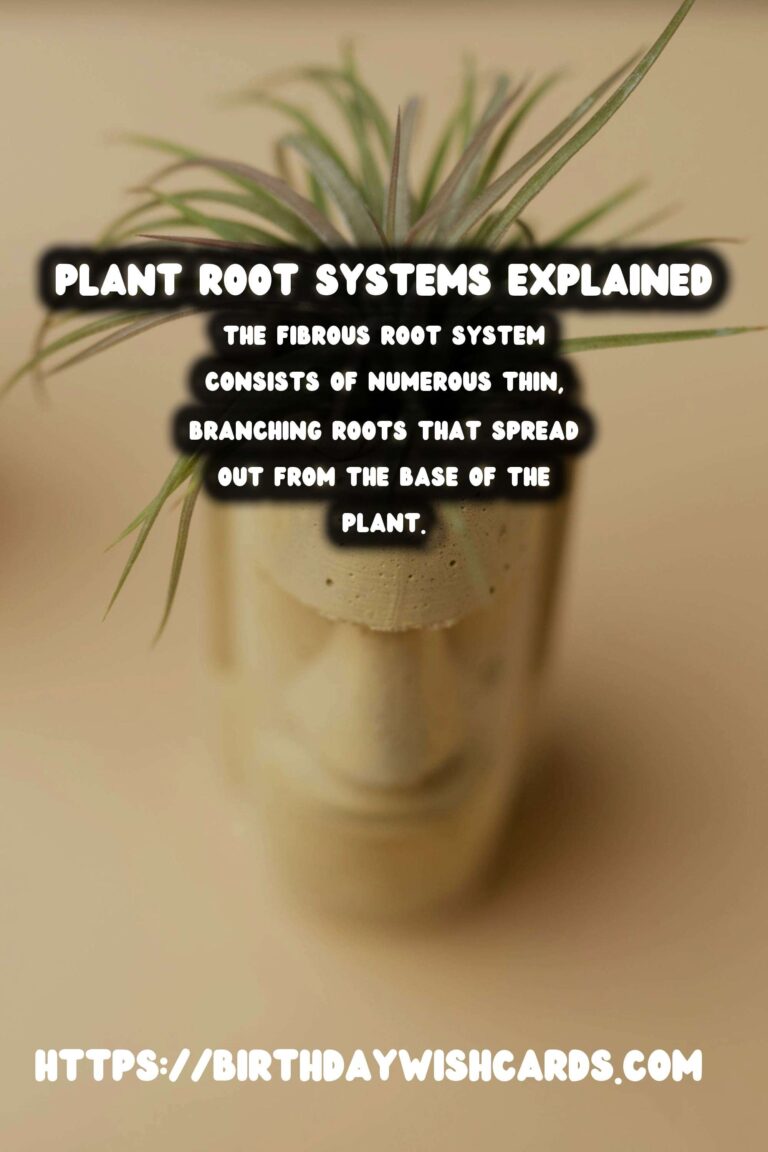
Plants are a vital part of our ecosystem, providing oxygen, food, and habitat for numerous species. To thrive, plants rely on their root systems to absorb nutrients and water from the soil. There are two primary types of root systems in plants: taproot and fibrous. Understanding the differences between these two root systems can help gardeners and agriculturalists make informed decisions about plant selection and care.
What is a Taproot System?
A taproot system is characterized by a single, thick primary root that grows directly downward. This primary root, or taproot, is the central support system for the plant, with smaller lateral roots branching off from it. Taproot systems are common in dicotyledonous plants, such as carrots, dandelions, and oak trees.
The taproot serves several functions. It anchors the plant firmly in the soil, preventing it from being uprooted by wind or erosion. Additionally, taproots can reach deep into the ground to access water and nutrients that are not available at the surface. This makes taproot systems particularly advantageous in arid environments where water is scarce.
Advantages of Taproot Systems
One of the key benefits of a taproot system is its ability to reach deep water sources, making it ideal for plants in dry climates. The strong anchorage provided by the taproot also ensures stability for larger plants, such as trees.
Furthermore, some taprooted plants can store nutrients in their roots, allowing them to survive adverse conditions. Carrots and beets are excellent examples of plants that utilize this storage capability.
What is a Fibrous Root System?
In contrast, a fibrous root system consists of numerous thin, branching roots that spread out from the base of the plant. Unlike the taproot system, there is no dominant central root. This type of root system is commonly found in monocotyledonous plants, such as grasses, wheat, and rice.
The fibrous root system is highly effective at covering a wide area of soil, which enables the plant to absorb nutrients and moisture efficiently from the topsoil. This extensive network of roots helps prevent soil erosion and is well-suited for plants that grow in shallow soil environments.
Advantages of Fibrous Root Systems
Fibrous root systems are particularly beneficial for erosion control due to their extensive network of roots that hold the soil in place. This makes them ideal for planting on slopes or in areas prone to erosion.
Additionally, fibrous roots are effective at quickly absorbing surface water and nutrients, making them advantageous in environments with frequent rainfall. The dense root network also allows for rapid vegetative growth, which is why many grasses and cereal crops have fibrous roots.
Choosing Between Taproot and Fibrous Systems
When selecting plants for your garden or agricultural project, consider the specific environmental conditions and the advantages offered by each root system. Taproot systems are suitable for arid regions or for plants that require strong anchorage. In contrast, fibrous root systems are ideal for preventing erosion and efficiently utilizing surface nutrients.
Understanding the characteristics and benefits of taproot and fibrous root systems can guide you in plant selection and cultivation practices, ultimately leading to healthier plants and more productive yields.
Conclusion
In summary, the taproot and fibrous root systems each have unique characteristics that make them suitable for different environments and purposes. By understanding these differences, gardeners and farmers can make informed decisions to enhance plant growth and sustainability. Whether you are cultivating a vegetable garden or managing a field of crops, recognizing the root system can be a critical factor in achieving success.
Plants rely on their root systems to absorb nutrients and water from the soil. A taproot system is characterized by a single, thick primary root that grows directly downward. The fibrous root system consists of numerous thin, branching roots that spread out from the base of the plant. Fibrous root systems are particularly beneficial for erosion control due to their extensive network of roots. Understanding the characteristics and benefits of taproot and fibrous root systems can guide plant selection and cultivation practices. 

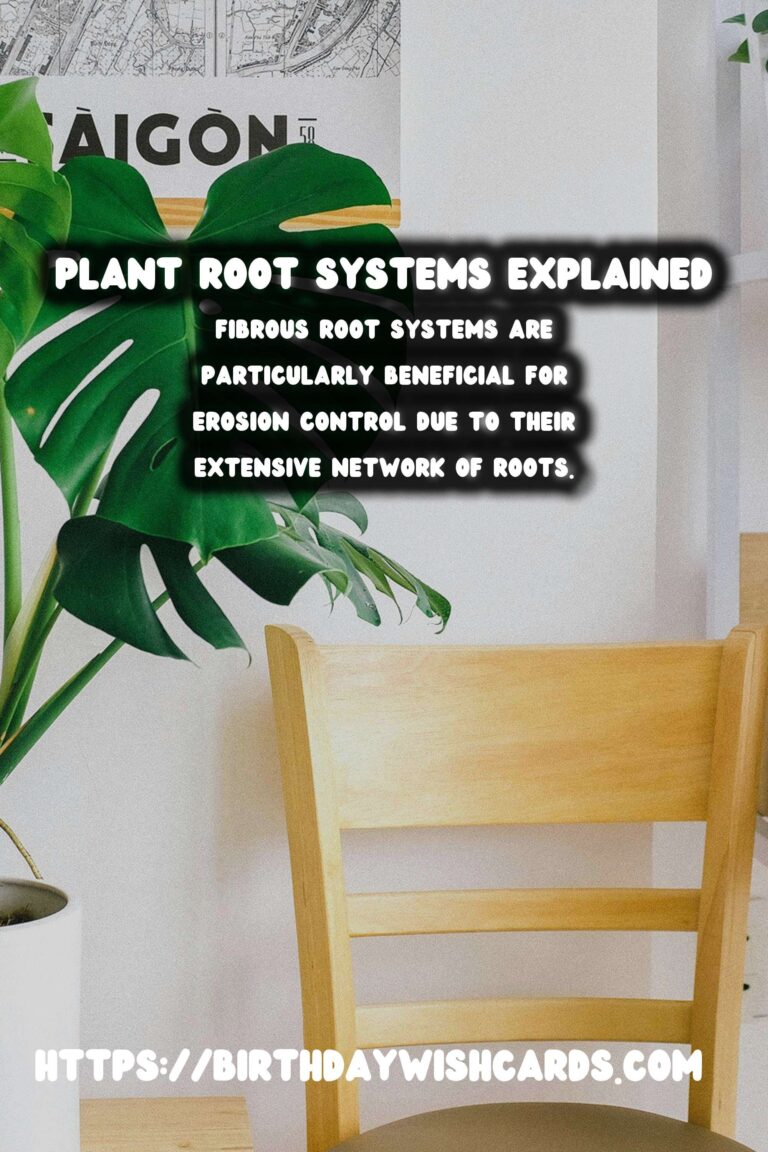

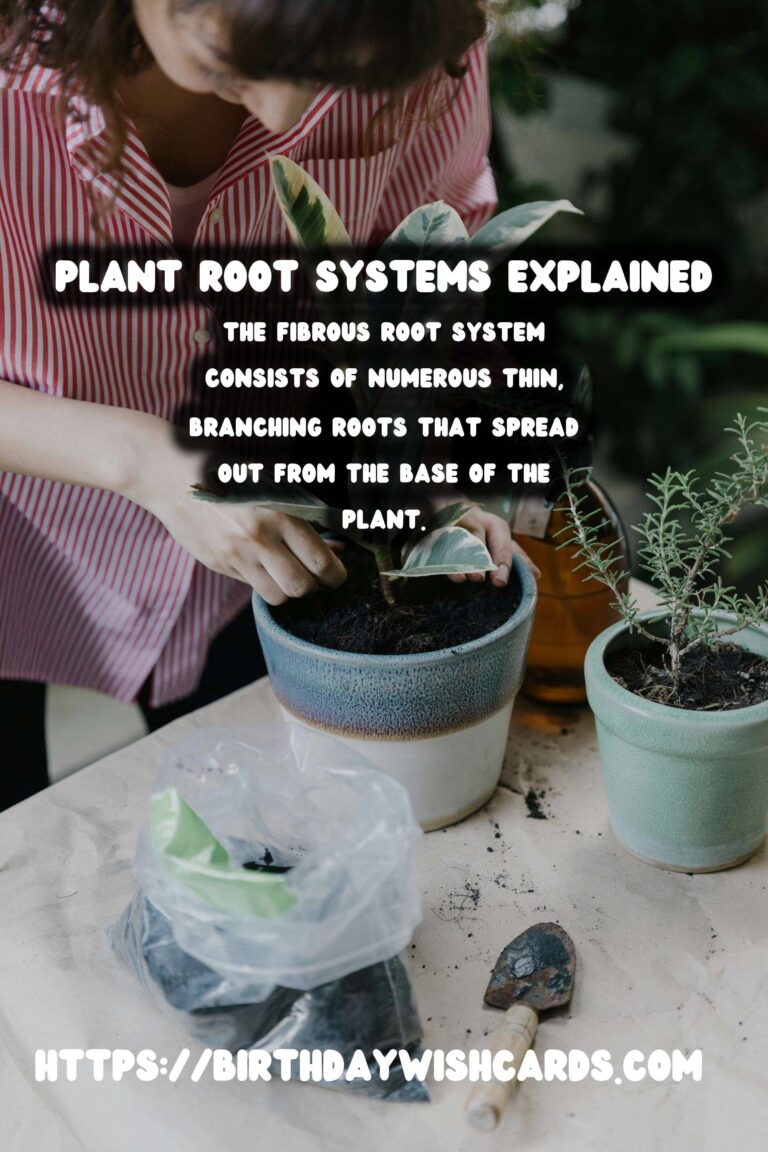
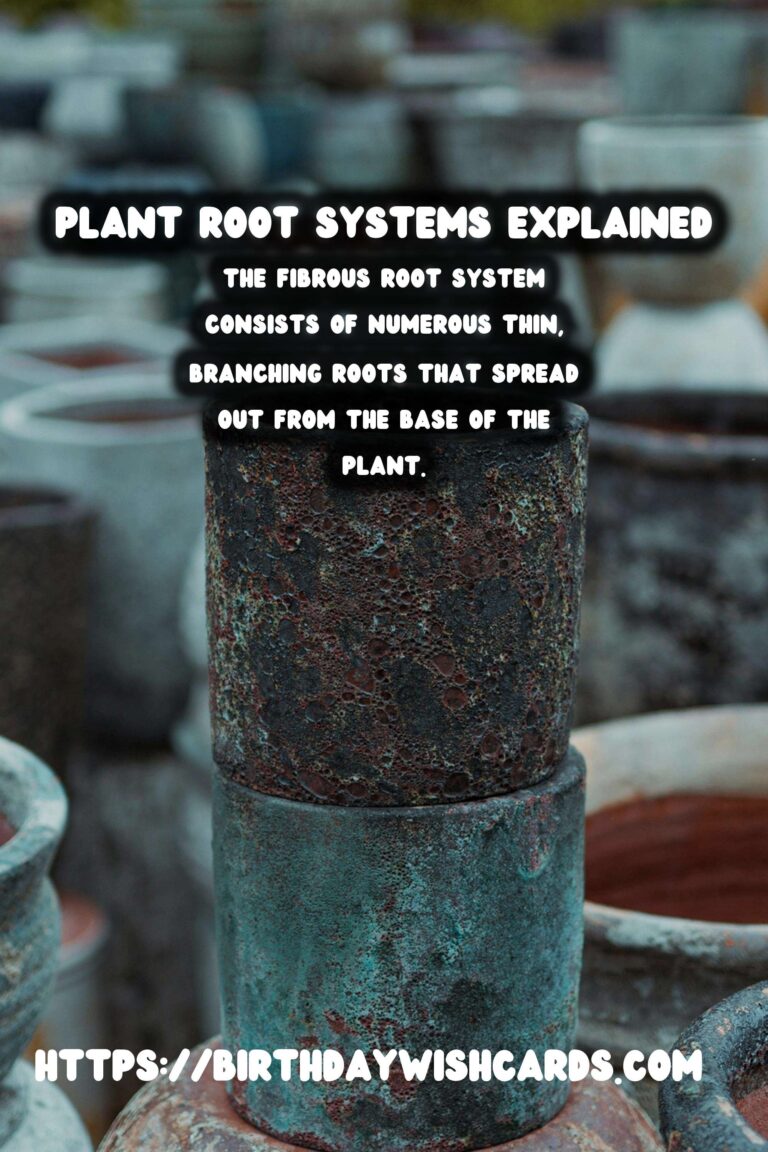
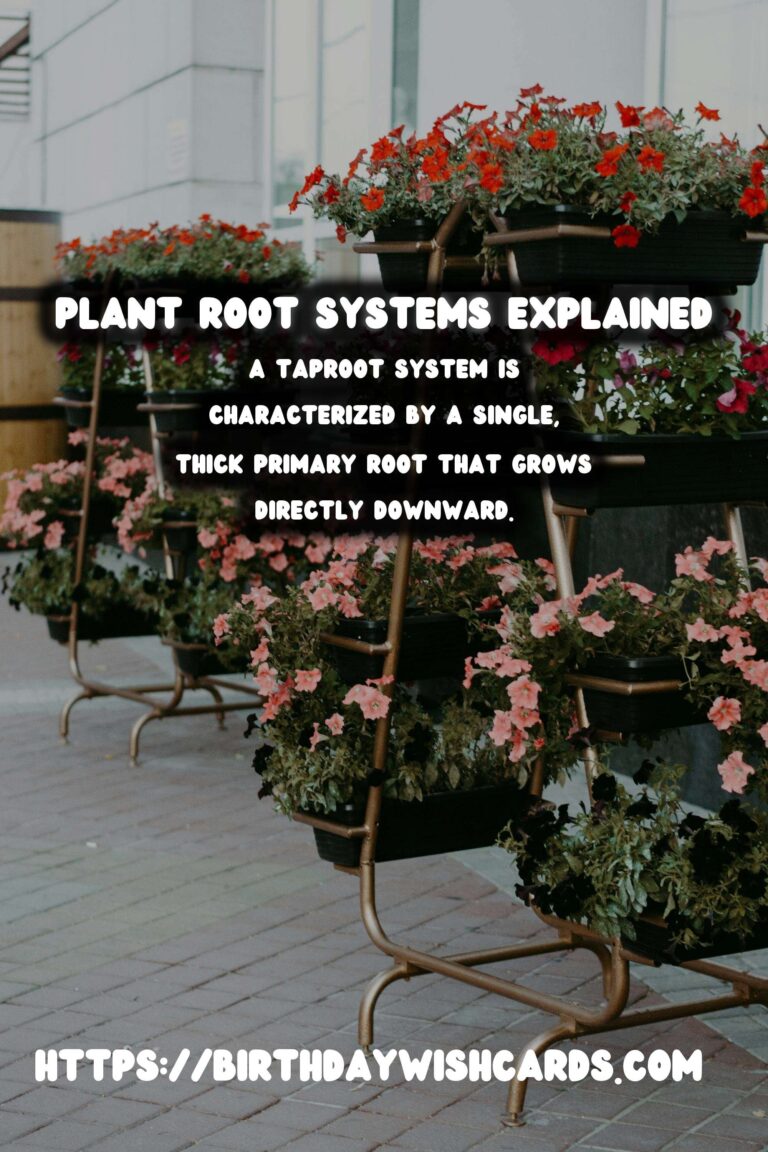
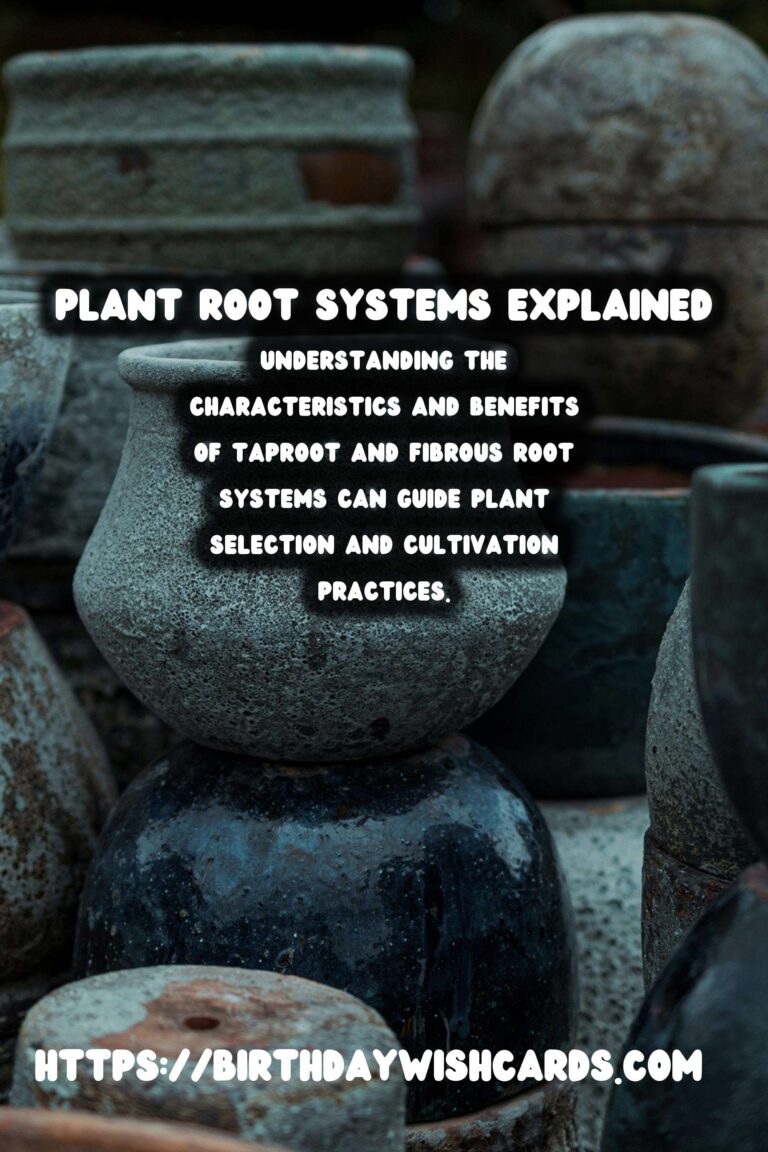
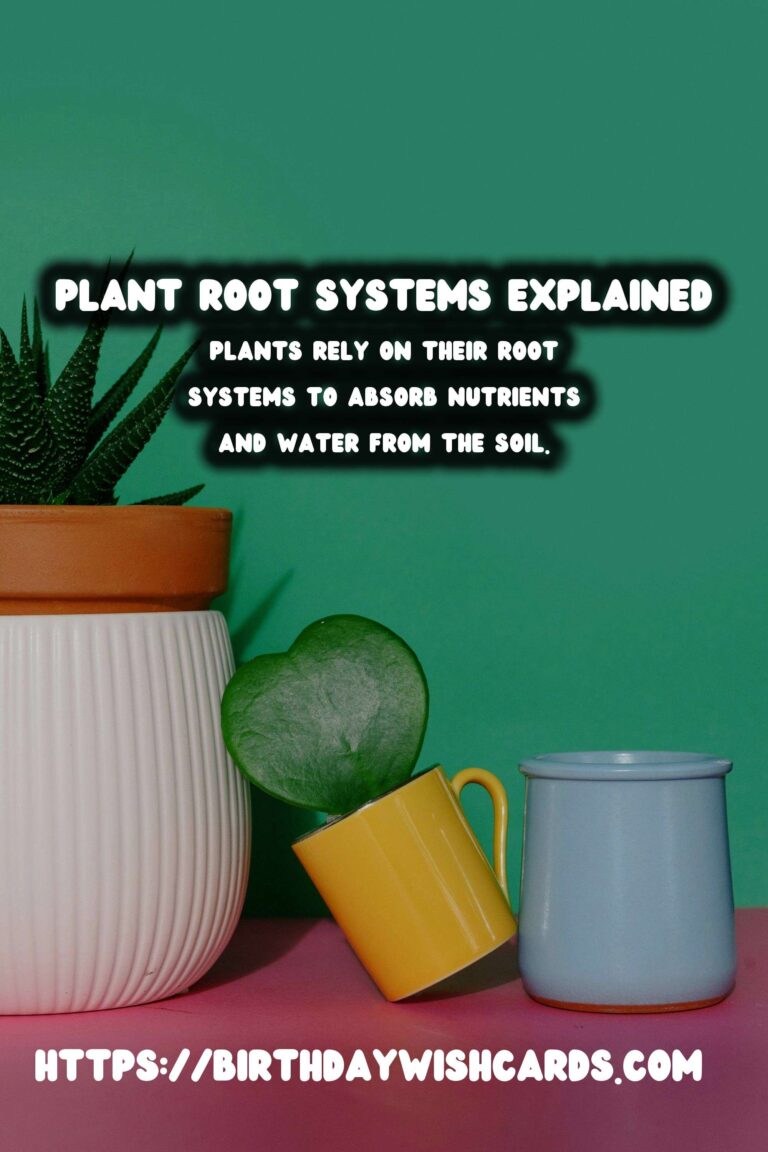
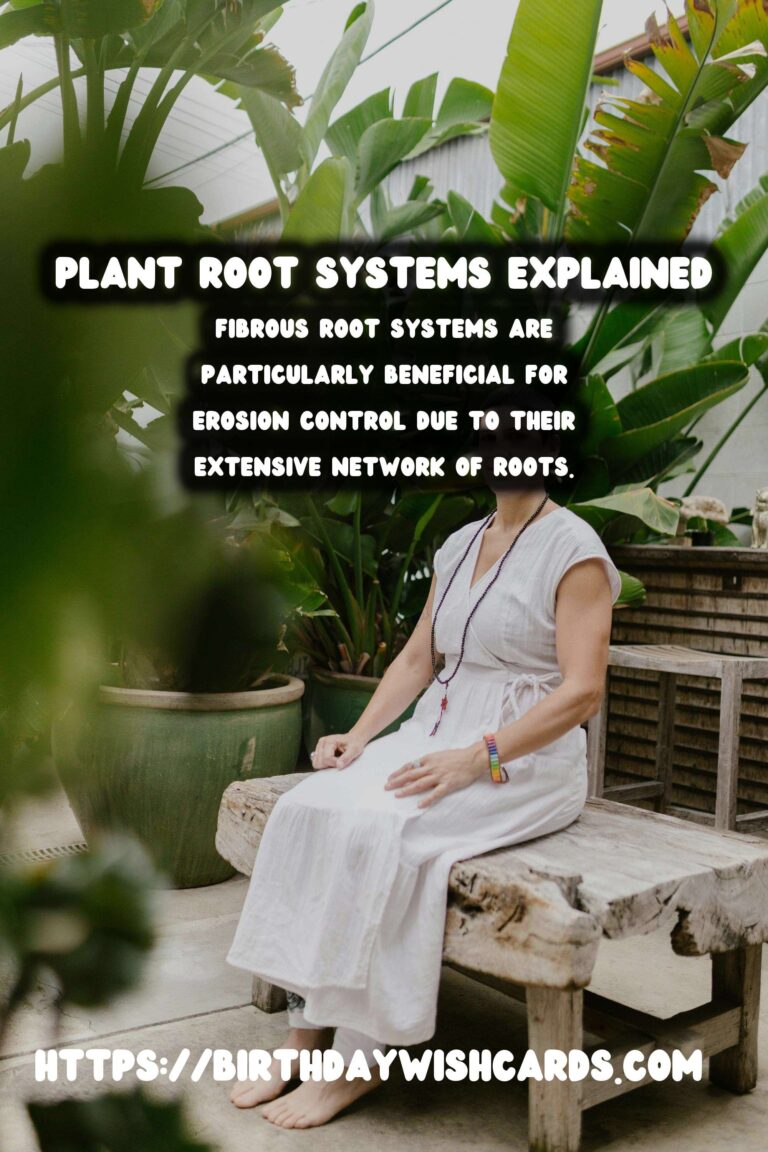
#Plants #Gardening #Agriculture #Roots #Botany




